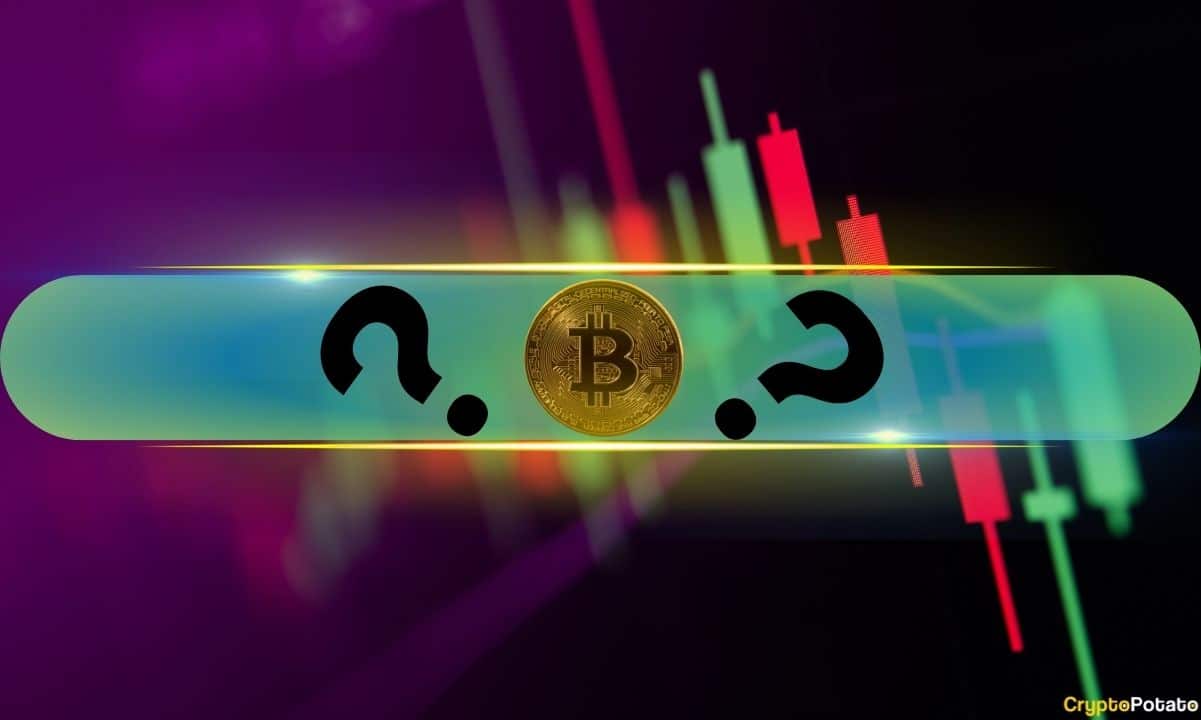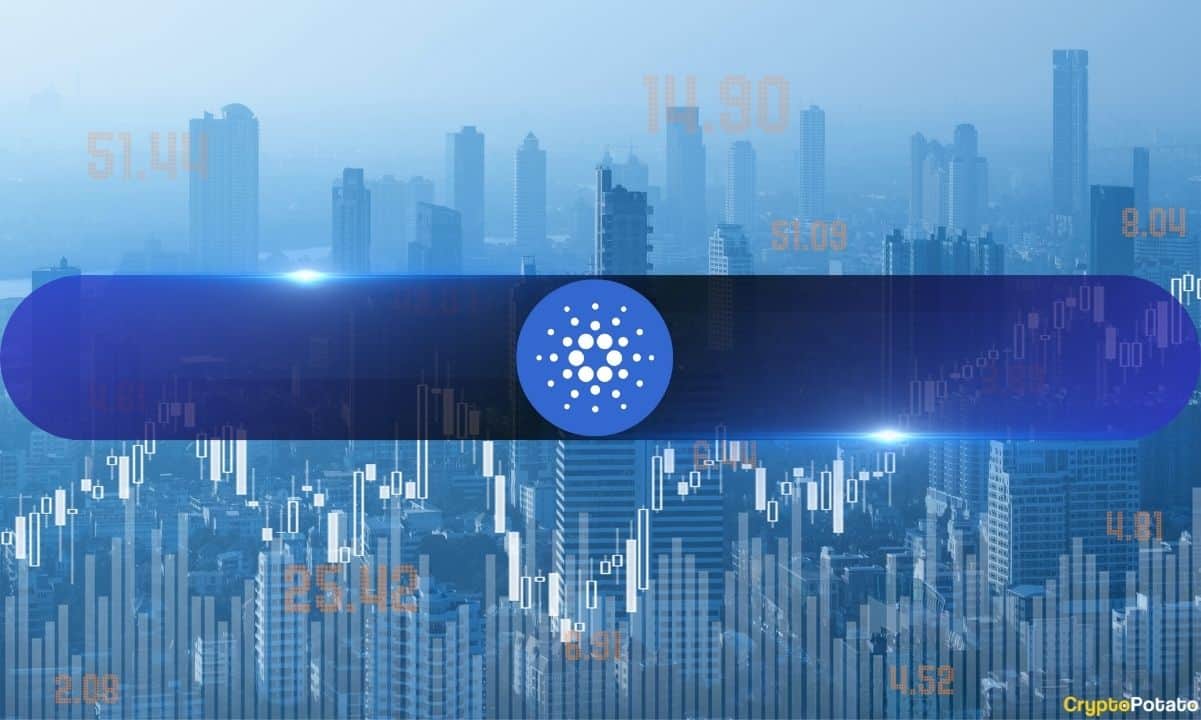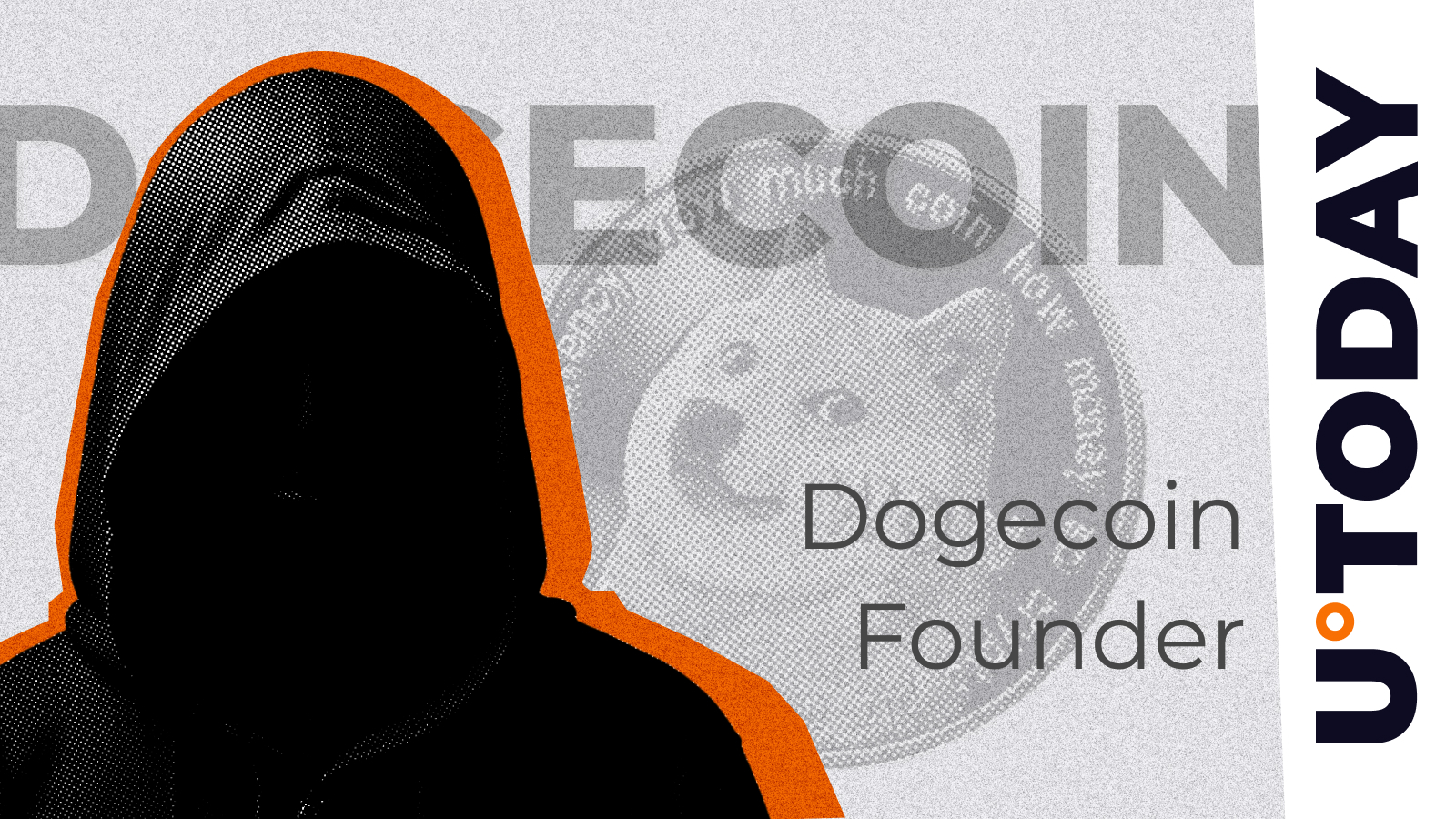ARTICLE AD BOX
Joerg Hiller Sep 27, 2024 16:32
Solana's rapid growth and technological advancements position it as a competitor to Ethereum. Could it eventually surpass Ethereum in market cap?

Solana’s rapid growth and technological advancements have positioned it as a strong competitor to Ethereum, offering faster transaction speeds and lower fees, which make it attractive for Web3 development and high-frequency decentralized applications. With the potential to capture a significant share of the market, some speculate that Solana could eventually surpass Ethereum in market capitalization, according to blog.bitfinex.com.
In a Climate Dominated by EVM Chains & Solidity, Does Solana Have What it Takes?
Solana has emerged as a formidable contender in the race for dominance in Web3, with its fast, scalable, and low-cost infrastructure positioning it as a potential competitor to Ethereum. Its unique Proof of History (PoH) consensus mechanism enables the network to process over 2,600 transactions per second (TPS), a significant advantage over Ethereum’s 15 TPS. This enhanced speed and efficiency, combined with drastically lower transaction fees, has attracted developers and users alike, leading to a rapid expansion of Solana’s ecosystem. With metrics such as daily active users and transaction volumes already surpassing Ethereum, some speculate that Solana could eventually challenge Ethereum’s dominance, sparking discussions about a possible “flippening” where Solana overtakes Ethereum in market capitalization.
Institutional adoption has been a key factor in Ethereum’s sustained leadership, but Solana is beginning to gain traction in this area as well. Although institutions have been slower to embrace Solana compared to retail investors, its performance metrics and technological innovations are drawing more attention. VanEck’s recently published analysis suggests that Solana could reach 50% of Ethereum’s market cap in the near future, driven by the blockchain’s ability to handle high-frequency Decentralized Applications (DApps) with minimal cost. However, institutional reluctance to move away from the established Ethereum ecosystem may delay this shift, as Ethereum continues to benefit from its first-mover advantage and deeper integration into the Decentralized Finance (DeFi) landscape.
Solana’s edge in transaction efficiency could play a crucial role in capturing Web3 development and usage. With lower fees and faster execution times, Solana provides a more attractive environment for developers building DApps, especially those requiring high throughput like gaming and real-time financial applications. Ethereum’s high gas fees and network congestion have pushed many developers to explore alternatives, and Solana’s technical strengths make it an ideal candidate. Upcoming upgrades such as Firedancer, expected to further improve Solana’s speed and scalability, may solidify its position as a go-to platform for Web3 applications, offering a competitive advantage over Ethereum.
Despite its strengths, Solana faces challenges, particularly around centralization concerns due to the higher costs associated with running a node. Critics argue that Solana’s smaller validator set makes the network more prone to outages and less decentralized than Ethereum. However, as Solana continues to innovate and attract a growing user base, its potential to capture a significant portion of the Web3 space remains undeniable. Whether Solana will ultimately surpass Ethereum depends on its ability to address these concerns while continuing to deliver superior performance and cost-efficiency, but the possibility of a “flippening” reflects the shifting dynamics in the blockchain landscape.
Will Ethereum’s Upcoming Improvements Level the Playing Field?
Ethereum’s upcoming upgrades, particularly those focused on scalability and throughput, such as Danksharding and the continued development of Layer 2 (L2) solutions, are expected to bring significant improvements to the network. Danksharding, which will split the blockchain into smaller, more manageable parts, aims to increase Ethereum’s transaction throughput and reduce gas fees by distributing the load across multiple shards. Additionally, Ethereum’s Layer 2 rollups, including solutions like Arbitrum and Optimism, are already making progress by offloading transactions from the main Ethereum chain and providing cheaper, faster alternatives. These L2 solutions are essential to Ethereum’s roadmap and are intended to improve scalability without compromising security or decentralization.
However, the challenge for Ethereum is whether these upgrades can be implemented quickly enough to keep pace with Solana’s rapid growth and high performance. Solana already processes over 2,600 TPS, dwarfing Ethereum’s current throughput. While Ethereum’s upgrades may eventually bring it closer to these performance levels, Solana’s current infrastructure already offers a competitive edge for high-frequency DApps and scalable Web3 use cases. Moreover, Solana’s transaction fees are a fraction of Ethereum’s, which could make it more appealing for developers looking for cost-effective solutions in the short term.
One of the key differences between Ethereum and Solana lies in their approach to scalability. While Ethereum relies heavily on its Layer 2 ecosystem and sharding to improve performance, Solana has designed its base layer for high throughput and low fees from the outset. This gives Solana an inherent advantage, as it does not require additional layers or complex solutions to achieve scalability. The Firedancer upgrade, expected to further improve Solana’s performance by increasing its capacity to handle up to 1 million TPS, underlines Solana’s position as a highly scalable network built for the future of Web3.
In the long term, Ethereum’s deep-rooted developer community and robust DeFi ecosystem will likely continue to give it a strong presence in the Web3 space. However, unless Ethereum can quickly roll out its scalability improvements and lower fees to a competitive level, Solana may continue to capture a growing share of the market. For performance-intensive use cases like gaming, NFTs, and DeFi applications, Solana’s architecture is currently better positioned to deliver the scalability and low fees needed to succeed, making it a formidable competitor to Ethereum as the race for Web3 dominance intensifies.
What Could Solana Flipping Ethereum Look Like?
Solana’s rapid growth in transaction speed, user activity, and lower fees has positioned it as a formidable competitor to Ethereum, particularly in high-frequency Web3 use cases. Solana offers a significant performance advantage, particularly in areas like DeFi and Non-Fungible Tokens (NFTs). As Ethereum continues to face scalability challenges despite ongoing upgrades like sharding and Layer 2 solutions, Solana’s superior infrastructure makes it a strong candidate for capturing a larger share of the Web3 market.
Despite Solana’s superior technical performance in many key metrics, Ethereum still maintains a dominant position in terms of market capitalization and institutional adoption.
Ethereum’s long-standing reputation as the primary smart contract platform gives it a first-mover advantage, particularly with established DApps like Uniswap and OpenSea. However, as Solana continues to outperform Ethereum in terms of daily active users and transaction volume, it is possible that the market cap gap between the two could narrow. Currently, Solana’s market cap is only 22% of Ethereum’s, but with continued growth and adoption, analysts at VanEck speculate that Solana could reach 50% of Ethereum’s value in the coming years.
For Solana to overtake Ethereum entirely, it would require not only sustained growth but also increased institutional trust and capital rotation. While retail users have quickly adopted Solana due to its low fees and fast transaction speeds, institutional investors have been slower to shift capital from Ethereum, largely due to Ethereum’s established infrastructure and familiarity. However, as Solana’s Firedancer upgrade, set to launch in 2025, promises to further enhance performance by enabling up to 1 million TPS, the network could become increasingly attractive to larger players. If Solana can capitalize on this growth, the “flippening”, where Solana surpasses Ethereum in market cap, could become more than just speculative theory.
While Ethereum is working to address its scalability issues, the pace of its upgrades may not be fast enough to match Solana’s aggressive trajectory. With Ethereum focused on complex solutions like sharding and Layer 2 rollups, Solana’s single-layer architecture provides immediate advantages for developers and users alike. If Solana continues on its current path, it could solidify its position as the go-to blockchain for high-performance Web3 applications, potentially surpassing Ethereum’s market dominance in the next few years if Ethereum’s upgrades fail to deliver in time.
Image source: Shutterstock









 English (US) ·
English (US) ·